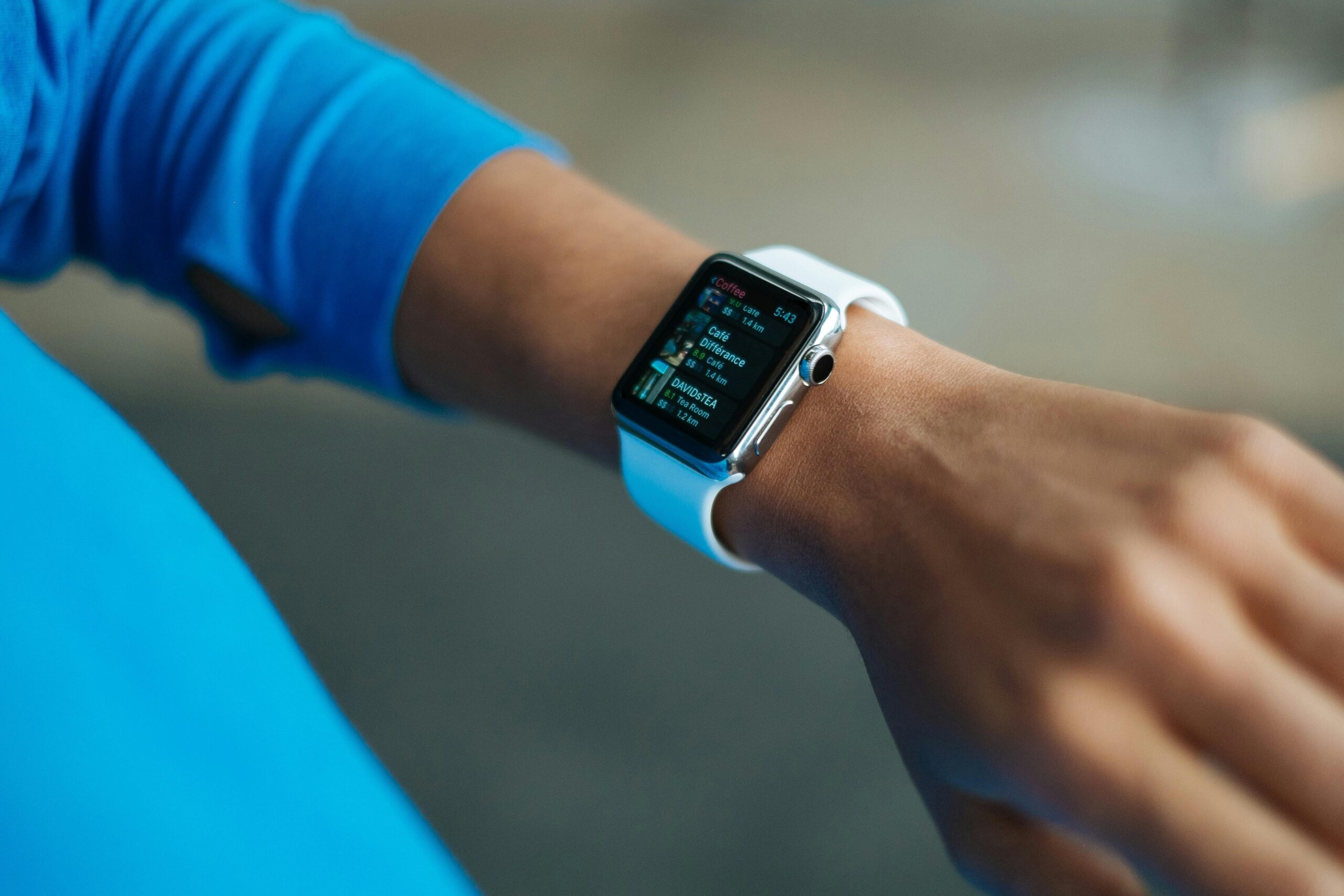You’ve created an amazing YouTube video, but when is the best time to post it to get the maximum number of views and engagement? Posting at the right time can make all the difference in your video’s success. Whether you’re a new creator or an experienced YouTuber looking to boost your channel’s performance, knowing the optimal time to post can increase your visibility, subscriber growth, and ultimately help you reach a broader audience.
In this blog, we’ll dive into the factors influencing the best posting times on YouTube, backed by data-driven insights and best practices to ensure your video gets seen by as many people as possible.
1. Why Posting Time Matters on YouTube
Timing is crucial because YouTube’s algorithm favors videos that get immediate views and engagement. Videos that receive early engagement are more likely to be promoted in YouTube’s “Suggested Videos” and Search Results. By posting at the right time, you increase the chances of your video appearing on users’ homepages or in search results, boosting both views and interaction.
Key Metrics Influenced by Posting Time:
- Watch time: The total time users spend watching your video.
- Engagement: Likes, comments, shares, and subscriptions from viewers.
- Click-through rate (CTR): The percentage of viewers who click on your video after seeing the thumbnail.
By strategically posting during peak times, you maximize all these metrics, helping your video get noticed.
2. Best Time to Post on YouTube (Based on Data)
While there’s no universal answer, research from VidIQ, TubeBuddy, and other analytics tools show patterns in viewer behavior across different regions. Here’s a breakdown of the best times to post based on popular time zones:
Best Posting Time by Day:
- Monday to Wednesday: 2 PM to 4 PM (EST)
- Thursday and Friday: 12 PM to 3 PM (EST)
- Saturday and Sunday: 9 AM to 11 AM (EST)
Why these times? During weekdays, most users tend to browse YouTube during lunch breaks and in the evening when they’re off work or school. Weekends see a higher activity level in the mornings when viewers are more relaxed and have more time to spend online.
Global Time Zone Considerations:
- Eastern Standard Time (EST): As one of the largest time zones for YouTube viewers, EST serves as a strong baseline.
- Pacific Standard Time (PST): For creators in the U.S. West Coast, it’s best to adjust by 3 hours earlier (i.e., post between 9 AM – 12 PM PST).
- Greenwich Mean Time (GMT): If your audience is global, especially in Europe, posting in the GMT afternoon (2 PM – 5 PM GMT) is optimal.
3. Understand Your Audience’s Behavior
While general data offers insight into when viewers are most active, it’s important to understand your specific audience’s behavior. Here’s how you can tailor your posting schedule to your viewers:
Use YouTube Analytics:
YouTube provides built-in analytics that give insight into when your subscribers are most active.
- Audience Tab: Go to the Audience section in YouTube Studio to view data on when your viewers are online. The chart will display peak hours in your time zone, helping you pinpoint the best times to post.
- Experiment with Different Times: Test different posting times and track video performance to see if certain days or hours outperform others.
Consider Your Audience’s Demographics:
If your audience consists of younger viewers (teens and college students), you may want to focus on after-school or early evening hours (around 3 PM to 7 PM). For working professionals, posting during lunchtime or after work (12 PM to 6 PM) can be more effective.

4. How Often Should You Post?
Consistency plays a key role in growing a YouTube channel. While posting at the best time helps individual videos, posting consistently can increase your overall visibility on the platform.
Posting Frequency:
- New Channels: Aim to post at least once a week to build momentum and allow YouTube’s algorithm to recognize your activity.
- Established Channels: You can post 2-3 times a week for consistent engagement without overwhelming your audience.
The key is maintaining a schedule that balances quality with quantity. Don’t sacrifice quality just to upload more frequently.
5. Optimize Your Content for Early Engagement
Timing isn’t everything—your content must also be optimized to captivate viewers once it’s live. Here are some key strategies to ensure your video gets immediate engagement after posting:
1. Eye-Catching Thumbnails:
Thumbnails are the first thing users see, and having a visually appealing thumbnail increases your click-through rate. Use bold colors, expressive faces, and simple text to make your thumbnail stand out.
2. Compelling Titles and Keywords:
Your video title needs to be SEO-optimized to rank well in YouTube searches. Use tools like Google Keyword Planner and Ahrefs to find high-volume keywords. A good title not only improves discoverability but also attracts clicks.
3. Encourage Engagement Early On:
Ask viewers to like, comment, and subscribe at the beginning of your video. Engagement within the first 24 hours is crucial for your video’s visibility in YouTube’s algorithm. You can even offer a giveaway or challenge to boost interaction.
4. Promote Across Social Media:
Once your video is live, promote it on Instagram, Facebook, Twitter, and other social platforms. Cross-promotion can drive traffic to your YouTube video in the crucial first hours after posting.
6. Best Tools to Schedule and Optimize Your Posts
To ensure you never miss an optimal posting time, use scheduling tools that allow you to set your videos to publish at the perfect moment, even if you’re not online.
- TubeBuddy: A popular YouTube management tool that offers features like scheduled uploads, SEO optimization, and best-time-to-post suggestions based on your audience.
- VidIQ: This tool provides analytics and insights on your audience’s activity, suggesting the best times for you to post videos.
- YouTube Studio: You can also schedule your videos directly through YouTube Studio once you’ve finished uploading.
Conclusion: Perfect Timing + Quality Content = Success
Knowing the best time to post on YouTube is a vital piece of the puzzle when it comes to growing your channel. By aligning your content with your audience’s habits and leveraging data from YouTube Analytics, you can increase your views, engagement, and subscribers. Remember, timing alone isn’t enough—your content must still deliver value to your audience. Pair great content with strategic timing, and you’ll be well on your way to YouTube success.

Leave a Reply